Places of Interest
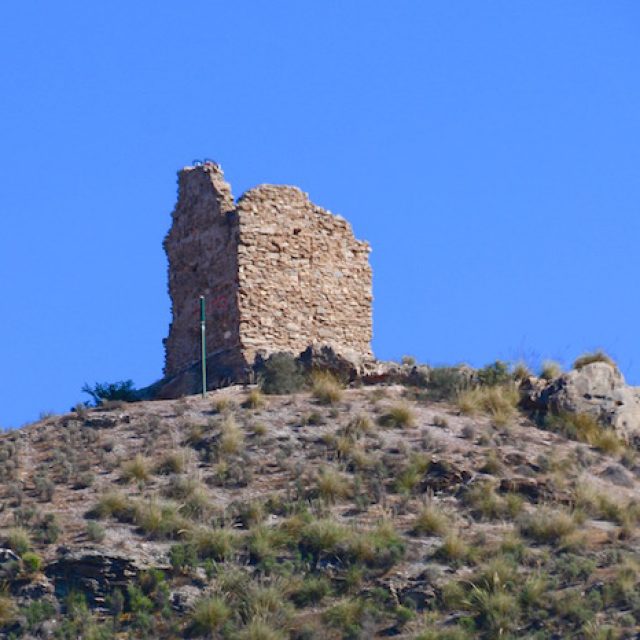 |
Aljambra TowerTower of Muslim origin built in the thirteenth century, square base tower of which three of its four faces remain standing. It was declared an Asset of Cultural Interest with the category of Monument (code: 40060002). Under the protection of the generic Declaration of the Decree of April 22, 1949, and Law 16/1985 on the Spanish Historical Heritage. |
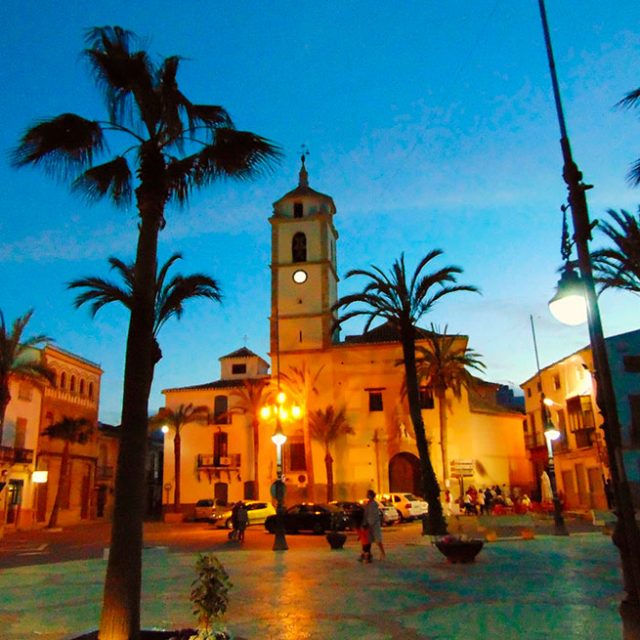 |
Church Santa MariaThe Parochial Temple of Santa María, that in the S. XVIII was under the invocation of the Virgin of the Rosary, was constructed between 1718 and 1728 under the direction of the Masters Juan Lopez de Robles and Alfonso Gutiérrez, with plant of Latin cross; It is covered with vaults and slender cannon dome at the intersection of the cruise. The decoration of baroque stuccoes stands out above all in pendentives, dome and keys. During the second half of the 18th century, several private chapels were added, which considerably enlarged the temple floor and probably its main façade was worked on, in which the manor coat of arms was displaced and mutilated. From that time some of the baroque altarpieces that adorned the altars of its chapels are preserved. |
 |
Hermitage of San AntonioThe sacred architecture of Albojense is dominated by notable examples such as the Hermitage of San Antonio, which is located in the neighborhood of the same name (Barrio de San Antonio or Barrio Alto de Albox) and its construction on the site of a supposed and ancient Arab mosque (-and conserving in its interior some symbolic paintings of popular type-). |
 |
Monument the ArrieroMonument to the Arriero is a work of the sculptor María Isabel García Oller in white marble from Macael, it represents the commercial and artisan past of the town. This sculpture, 5 meters long by 2 wide, presides over the Plaza Nueva of the municipality and pays homage to the work and figure of the muleteers as one of the fundamental elements of the economic development of Albox. The intention with this sculpture is to remember the people who in the past worked transporting various merchandise in carts, which were loaded mainly on the backs of donkeys or mules. The Albojense muleteer walked on foot in the middle of the mules, since one of his duties was to make sure that the animals complied with the marked route. For many years, the muleteers were fundamental in the local economy; a profession that required them to lead a totally nomadic or itinerant life. |
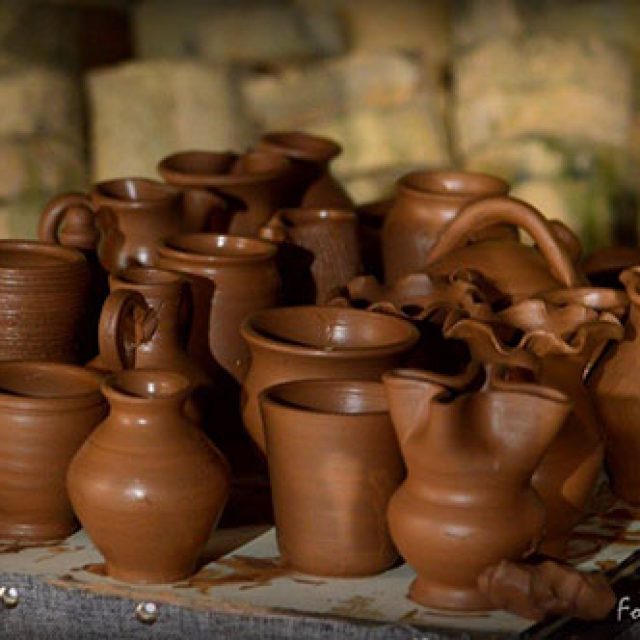 |
Los Puntas Pottery-MuseumLocated on Calle San Leonardo, with Arab ovens with 300 years of history, it is named by the Ministry of Tourism as “Andalusian Artisanal Point of Interest”. Antonio Alfonso Fernández with his brother Juan Alfonso Fernández, potters, with a whole life dedicated to the elaboration and diffusion of the Almeria pottery in his workshop called “Los Puntas”, have managed to keep alive the whole process of traditional pottery, working in the lathe located at a lower level than the floor, a unique feature of the Albox pottery, and cooking in an Arab oven dating from the 18th century, declared a Historic Artistic Heritage. n 1975 the two were awarded the “Master Craftsman” certification, granted by the Trade Union Craft Organization, and on January 17, 2012, the Ministry of Tourism, Trade and Sport of the Andalusian Government granted them the Letter of Master Craftsman Their excellent works have made them achieve different prizes at a national level. Representative pieces of this workshop are found in numerous museums around the world, such as the National Oleary Pottery Museum (La Coruña), the Chinchilla Popular Pottery Museum (Albacete), the Museum of Culture of Havana (Cuba) or the Ethnographic Museum of Hamburg (Germany). In recent years, the youngest of the brothers “Luis Alfonso Fernández” has been incorporated into the Pottery, which little by little is adapting the old pottery in a museum where he explains to the visitor what this noble trade was like and how it has evolved over the years. of history. Luis Alfonso is also promoting the clay workshops so that groups of children live a unique experience giving life to the clay with their hands. |
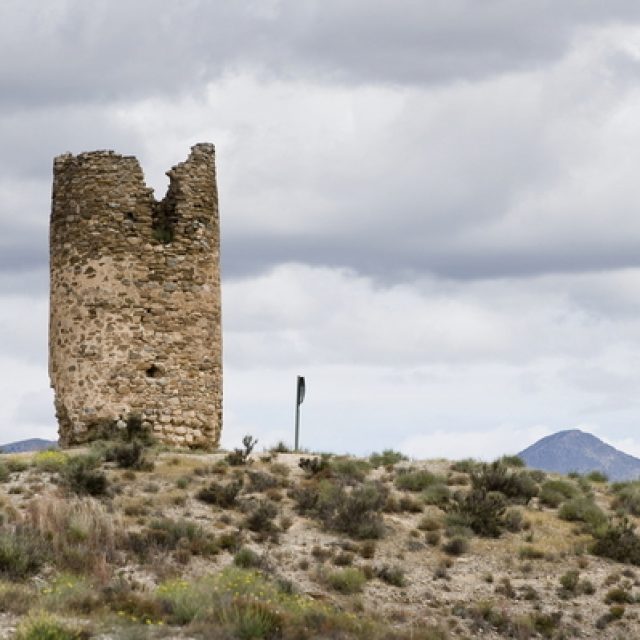 |
Terdiguera TowerIt was built by the Muslims and is currently in a state of ruin. It is a free visit. It was declared an Asset of Cultural Interest with the category of Monument. Under the protection of the generic Declaration of the Decree of April 22, 1949, and Law 16/1985 on the Spanish Historical Heritage. In 1993 the Junta de Andalucía granted special recognition to the castles of the Autonomous Community of Andalusia. |
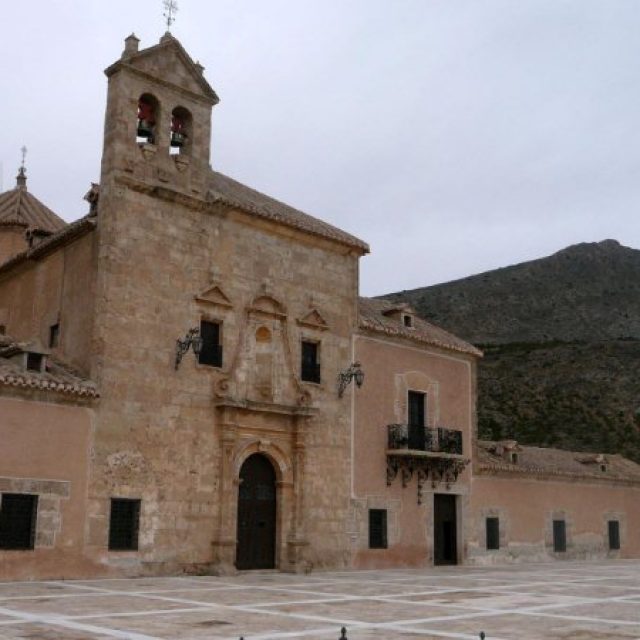 |
The Sanctuary Virgin of the SalientLocated on the top of Mount Roel in the Sierra de las Estancias and built in the 18th century, it is the most important architectural jewel with which Albox has, also declared the historical-artistic monument. The whole of the Sanctuary is of a beauty and unquestionable sensibility combining elements of rural handicraft (the stone tufa) and ecclesial architecture reigning in Granada. The Sanctuary lodges among its thick walls the spiritual patron of the town, the Virgin of the Salient, small in size but large in Marian devotion, spread throughout the Spanish Southwest. The royal building, a mode of mystical city of God, integrates between its walls hermitage, episcopal palace and seminary of missionaries; It was constructed from 1769 by order of the bishop Claudio Sanz and Towers (1761-1779). The ensemble was conventual: it gathers in a rectangle the hermitage, the cloister, with aljibe and 18 arches ascarzanos on pillars, more dependencies anejas, and the sector dedicated to the services, directed the works of the architect Vicente Sanchez. |
 |
Viewpoint of Santa CruzThe Santa Cruz that rises in Albox appears in the mid-eighteenth century as a symbol of the Christian presence that had reconquered the territories occupied by the Mohammedans. From that transcendental moment, the image of this cross has decorated the highest hill of these places and regions. |



